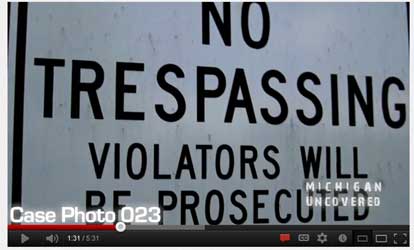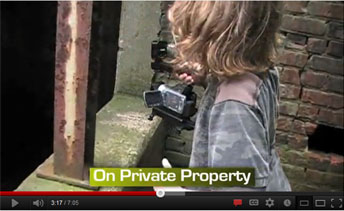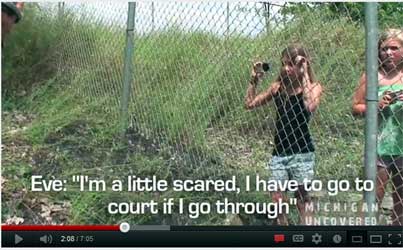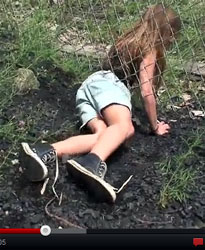I used to say that most “ghost orbs” were dust, insects, humidity, or something else
Then, a long-time friend challenged me. He insisted that all photos of orbs meant the site was haunted.
After that, for over six years, I tried to create convincing fake “ghost photos” to prove that I was right.
So, I tried to recreate circumstances I’d blamed for photos with orbs, apparent vortices, and so on.
I took all of these pictures in low-light conditions. I always used the flash on my camera to highlight the deceptive object or issue. I wanted to create false anomalies.
Hair in “Ghost Photos”
 The first group of photos, below, could look paranormal if you didn’t know what was in the picture.
The first group of photos, below, could look paranormal if you didn’t know what was in the picture.
Half of the photos show a single piece of hair or a few strands of it.
That could happen if a photographer has long hair (as I do) and doesn’t pin it back.
The other photos in this first group show camera straps.
I used to think pictures of camera straps always showed both ends of the strap exiting the frame of the photo.
Not true.
Now I know camera straps can look weird. And, it can “vanish” from one side of the image.
Sometimes, both ends of the camera strap seem to disappear, so, the “vortex” seems suspended in front of the photographer.
Also, my camera strap is almost black. The reason it looks white is because the camera’s flash is very bright, and it highlights the camera strap.
About 90% of the “vortex” pictures I’ve seen were probably camera straps, or something like them. If you use a camera strap (recommended, especially in dark settings), be sure to loop it around your wrist or — if it’s a very long strap — over your arm or shoulder.
(I lost my original photos when this site moved to new hosting. I’m still looking for those photos among my backups. Until then, the following thumbnail illustrations show the kinds of pictures I’ve featured.)
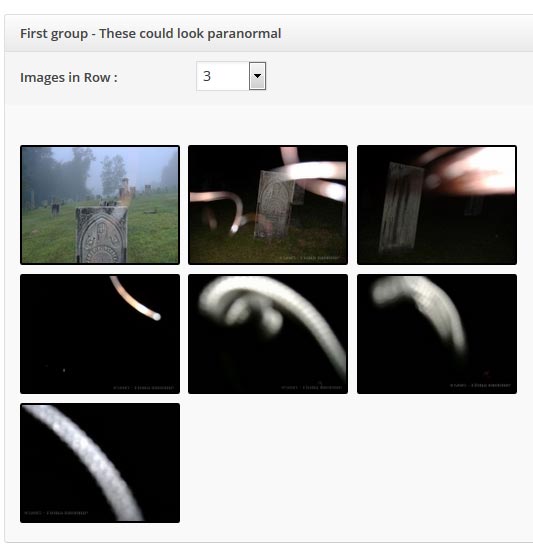
The Fake Orbs Problem
The second group of photos shows how difficult it is to create convincing, fake “ghost orbs.”
The first few pictures are flash photos taken on a densely foggy morning. Even the one with the white lines (a spiderweb) doesn’t show convincing-looking orbs.
Next, you’ll see smoke photos. Unless your camera is sensitive to smoke, you’d need to be surrounded by smokers for smoke to be a significant issue. Regular cigarette smoke barely showed up. When we tested clove cigarettes (a different density of smoke), that was slightly more convincing.
Incense looked anomalous in my photos. However, unless your team is using a sage smudge, or the client burns lots of incense at home, I’m not certain we need to worry about smoke.
I could not get chimney smoke to show up in photos. Unless the weather is “just so,” hot air — and wood smoke — rise into the atmosphere. Smoke is not likely to descend and remain thick enough to be an issue. However, smoke from a nearby campfire could be an issue.
The remaining photos show random samples of test photos, trying to create lens flares and fake orbs. Insects, house lights, and even sparkly, reflective jewelry produced nothing noteworthy.
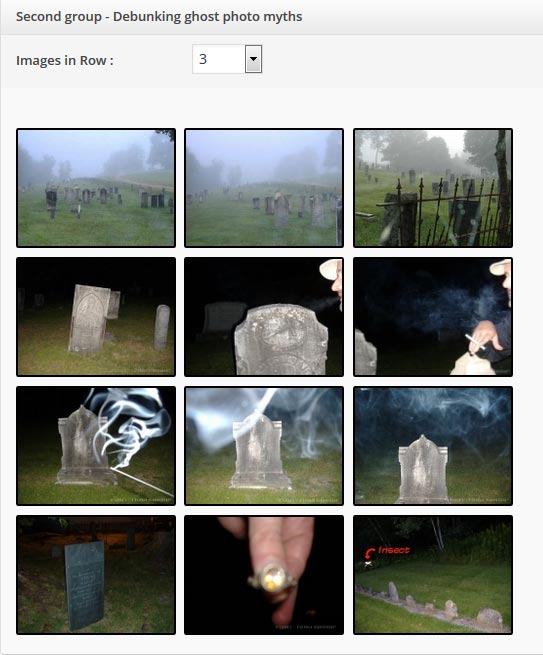
After years of study, using film and digital cameras, I finally had to admit that I’d been mistaken about false, ghostly anomalies.
True Confessions about Ghost Photos
For nearly 10 years, I was a hardcore skeptic about orbs in ghost photos, and I said so in my articles.
So, I need to make a few points very clear.
- Orbs are much harder to fake than I’d expected. Moisture, reflective surfaces, and even house lights rarely create convincing orbs. Most lens flares are too obvious to confuse with unexplained orbs, and lens flares are far more difficult to create in typical ghost-hunting circumstances.
- Camera straps can cause “vortex” images, even if one or two ends of the strap seem to vanish in the photo. Keep your camera strap wound around your wrist or arm.
- Hair can cause weird-looking lines and swirls, some of them dotted with an orb at the end. They can look like vortex images, too. Wear a scarf if you’re taking ghost photos.
- Cigarette smoke is very difficult to capture in a photo. We tried traditional cigarettes (it’s nearly invisible) and clove cigarettes (before the ban). Cloves gave better results but still aren’t enough to worry about.
- Smoke from the right incense can appear ghostly. However, unless you’re using sage smudges at a site, I don’t think that’s an issue. Cone incense and incense on charcoal dispersed too quickly to photograph. Stick incense produced the best results, but someone had to wave it right in front of the lens, even on a still night.
- Fog causes faint, repeating orbs. In hundreds of foggy photos, I saw nothing I’d confuse with a ghostly orb.
- Jewelry, house lights, and spider webs don’t seem to create confusing images in photos.
Don’t take my word for it.
Run tests with your own phones and cameras. That’s important. Know how they respond to these kinds of issues. No two cameras have the same sensitivities.
Then, you’ll know if you’ve taken an actual ghost photo… or something else.

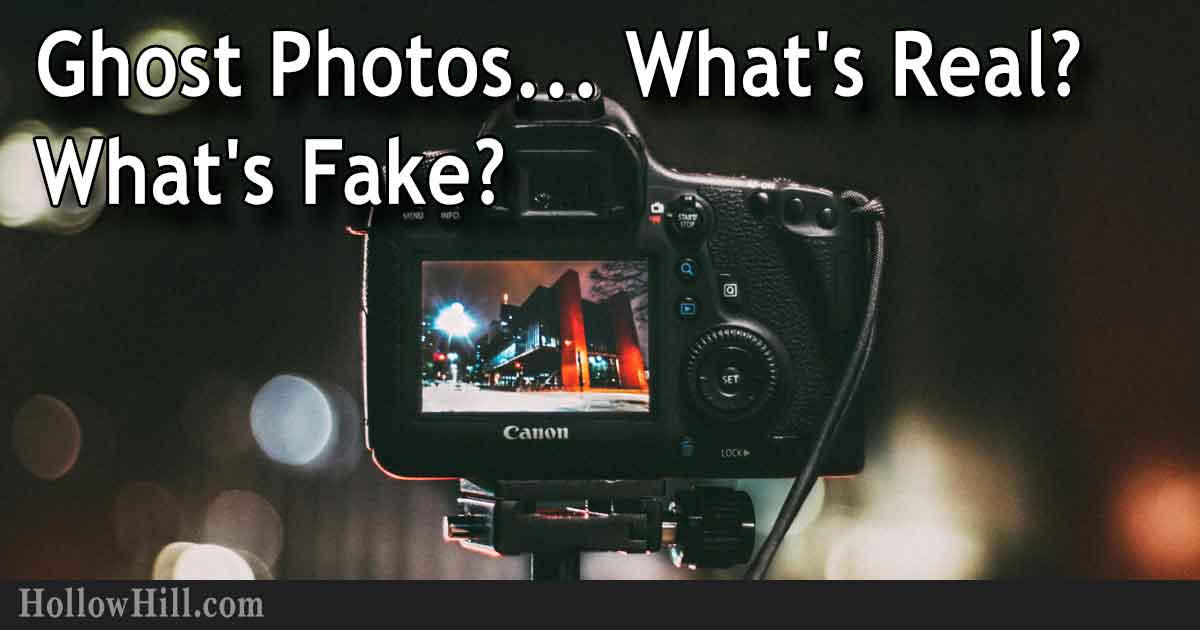
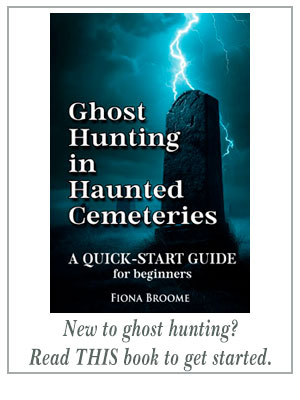
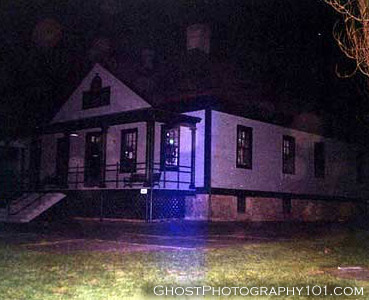
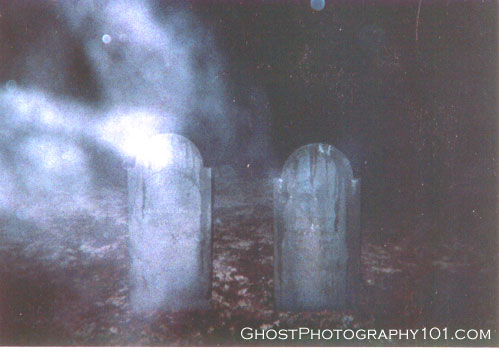
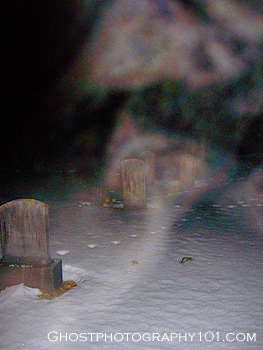
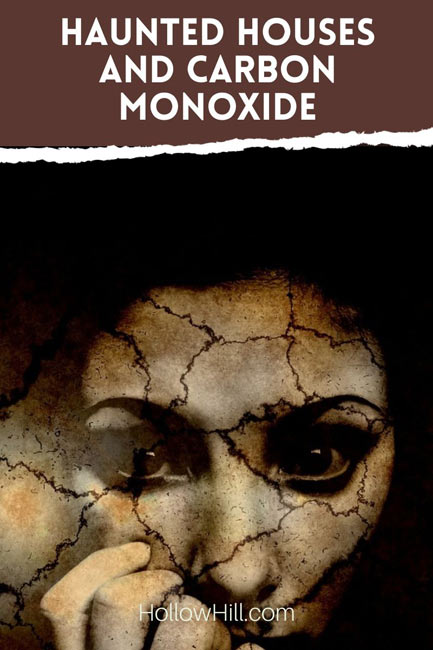 “Sometimes, when I’m in that part of the house, I get shaky, dizzy, and I feel weak all over.”
“Sometimes, when I’m in that part of the house, I get shaky, dizzy, and I feel weak all over.”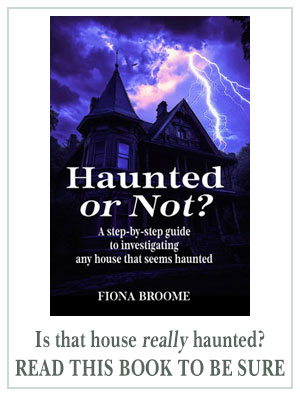

 For years, many of us have warned about dangerous aspects of ghost hunting.
For years, many of us have warned about dangerous aspects of ghost hunting.